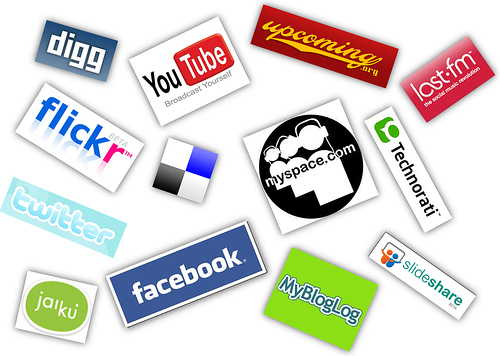Social media’s scale and pace of change
Do you ever check your Facebook account during the working day? It’s something many of us do – workplace rules permitting, of course. But the use of social media, and the social networking platforms themselves, are of course subject to a scale and speed of change that means keeping up with them requires paying close attention. And for employers, that means workplace policies on social media usage will be subject to almost constant change.

Social media grows as devices shrink
The number of Facebook users across the world is more than just impressive – it’s a phenomenon. In July of this year, the social media news site Mashable reported that the world’s biggest social network has 955 million active users. That makes the site not just a home for the things that people like to share, but also a very big audience for advertisers.
And as Facebook has grown exponentially since it opened its doors to the public, the way the site’s content is consumed has also seen incredible change, too. Where once people were checking their news feed more or less solely on a desktop PC, they’re now using devices like touchscreen smartphones and tablet computers too. The dawn of the mobile web was quickly followed by predictions that it would soon dominate internet use, leaving laptops and PCs behind.
The mobile web and the workplace
Many organisations’ social media policies are available to view online. And it’s interesting to see different policies and what they cover. In the main, what companies are seeking to do is provide clear and set guidelines on what is appropriate and acceptable use of social media at work. On top of that, there’s also the question of how much time is allowed to be spent on social media sites. It’s often reported that in countries where it’s legally permitted, reasonably large percentages of employers block these sites outright.
For those employers who wish to block social media sites in the workplace, it is of course, not possible to do so in an age of smartphones. So it then becomes a question of what amount of time someone spends on their phone at work.
However, given that social networks are no longer a novelty – and more and more seen as an essential communications utlility – it’s likely that for many, a quick check in to their social network account is not unlike checking for a new SMS on their phone, or dipping in to their webmail.
The future of social media in the workplace
If the pace of change this far has indicated anything, it’s that the form of digital communications is fluid. Social networks such as LinkedIn now provide people with the chance to present themselves to prospective employers – while in some professions such as PR and journalism, sites like Twitter have become essential tools of the trade.
The integration of social media and our daily lives looks – for now, at any rate – as though it’s likely to continue, and probably show us a few surprises along the way.

Jen Jones writes for blogs and websites in the UK and elsewhere on the topics of self employed health insurance and group medical cover, workplace wellbeing, and employee engagement.

